When most people think about health, their focus tends to be on diet, exercise, and perhaps mental well-being. Rarely does the position of the tongue during rest, or the way we swallow and breathe, make the list. Yet, these subtle mechanics have far-reaching effects on everything from dental alignment to sleep quality.
Oro myofunctional therapy (OMT) targets these very functions. This relatively niche but rapidly growing approach offers a natural, exercise-based path to resolving a surprising range of issues rooted in orofacial habits.
What is Oro Myofunctional Therapy?
At its core, OMT is a form of physical therapy. It trains the muscles of the mouth, tongue, face, and neck to function properly. The focus is on correcting inappropriate postures and movements of the facial muscles and tongue. The therapy usually involves:
- Customised tongue and facial exercises
- Techniques to support nasal breathing
- Guidance on swallowing, chewing, and resting oral posture
Muscle tone and coordination in the mouth and face are often overlooked factors in conditions like mouth breathing, bite misalignment, persistent thumb sucking in children, lisps, and even snoring. Oro myofunctional therapy aims to retrain these foundational patterns, helping patients adopt healthier habits for life.
The Science: Why Does Oral Function Matter So Much?
Most of us take swallowing and breathing for granted. These actions are automatic, after all. Yet, thousands of repetitions each day can create far-reaching physical changes over time.
For example, a tongue that habitually rests low in the mouth may contribute to a narrow palate, misaligned teeth, and even a recessed jawline. When children are chronic mouth breathers, the consequences can include altered facial development, poor sleep, and a higher risk of dental issues.
Here’s a basic comparison of typical versus dysfunctional oral habits:
| Habit | Typical Function | Dysfunctional Pattern | Potential Consequences |
|---|---|---|---|
| Tongue resting posture | Tongue rests in upper palate, lips closed | Tongue lies low, lips parted | Crowded teeth, high-arched palate |
| Swallowing | Tongue presses gently up, lips relaxed | Tongue thrusts forward, lips tense | Open bite, speech issues |
| Breathing | Nasal breathing (mouth closed) | Mouth breathing | Dry mouth, disrupted sleep, facial growth issues |
Such patterns become deeply ingrained, often starting in early childhood. The result? Compromised airway, dental crowding, speech trouble, or even chronic fatigue and brain fog from poor sleep.
How Oro Myofunctional Therapy Works
OMT is a tailored approach based on a person’s particular symptoms and needs. A course of therapy might involve anywhere from a few months to a year, meeting with a therapist weekly or fortnightly. The exercises can often be practised at home, supporting incremental changes day by day.
Here is what a typical oro myofunctional therapy process looks like:
- Assessment: Measuring muscle strength, evaluating swallowing, breathing, tongue posture, mouth opening, and facial symmetry.
- Goal setting: Determining what functional changes are needed — for example, tongue elevation or encouraging nasal breathing.
- Personalised exercises: A set of activities targeting the weak or dysfunctional muscles, often accompanied by cues for correct behaviour throughout daily life.
- Ongoing monitoring: Regular check-ins to refine exercises and check for progress.
- Maintenance: Reinforcement of new habits after formal therapy ends.
Consistency proves critical. Long-ingrained habits take time to reshape, and daily repetition of simple movements is essential to building new muscle memory.
A Sample Daily Exercise
One commonly prescribed activity might be the “Spot” exercise, which helps train the tongue to rest in the correct position:
How to do it:
- Lift the tongue so the tip rests just behind the front teeth on the roof of the mouth (the alveolar ridge).
- Keep the lips together and breathe through the nose.
- Hold this position several times a day, gradually increasing the duration.
Small gains accumulate. Improved tongue posture alone can have cascading effects, enhancing both dental and airway health.
Who Benefits from Oro Myofunctional Therapy?
OMT is highly adaptable, beneficial across ages, and often used alongside other medical or dental interventions. Here are some groups who may find exceptional value:
1. Children with Dysfunctional Oral Habits
Persistent thumb sucking, tongue thrusting, or prolonged dummy use can shape a child’s jaw and dental arches. Early intervention can avert orthodontic issues, improve facial development, and optimise speech clarity.
2. Those with Obstructive Sleep Apnoea or Snoring
Weak tongue tone or improper tongue position can cause airway collapse during sleep. OMT strengthens these muscles, sometimes reducing the severity of sleep apnoea or minimising snoring, particularly when combined with other treatments (such as a CPAP machine or dental appliances).
3. Orthodontic Patients
Braces and aligners move teeth, but oral habits can push them out of position once hardware is removed. Myofunctional therapy tackles root causes, supporting stability for orthodontic results.
4. People with Speech or Swallowing Challenges
Incorrect tongue or lip movement can affect both clarity of speech and the process of swallowing. OMT can complement speech therapy, targeting underlying muscle habits.
5. Chronic Mouth Breathers
Chronic mouth breathing dries out oral tissues, increases susceptibility to dental decay, and disrupts sleep. Training for nasal breathing can help restore balance in oral and airway health.
6. Adults with TMJ Disorders or Chronic Jaw Pain
Poor muscle function and imbalanced habits may contribute to jaw discomfort, tension, or even headaches. Increasing awareness and building better muscle function can ease some of these symptoms.
How OMT Fits with Other Treatments
Oro myofunctional therapy typically does not operate in isolation. Instead, it's most effective as one piece of a larger picture.
Take sleep-disordered breathing, for example. In many adults or children, a multidisciplinary approach is best. Collaboration between medical professionals, dentists, orthodontists, and myofunctional therapists ensures a holistic solution.
The same applies to complex orthodontic treatments. The best results happen when myofunctional habits are addressed alongside physical corrections, reducing the likelihood of relapse. Speech therapy, too, is more impactful for some patients when supported by OMT.
Collaboration ensures that changes are not just cosmetic or short-lived, but fundamentally rooted in better function.
Looking Forward: The Growing Interest in OMT
Research is beginning to catch up with clinical observations. A growing body of studies supports the benefits of OMT for sleep disordered breathing, orthodontic stability, and even some speech disorders. Clinicians are recognising that correcting muscle function enhances results across multiple disciplines.
This increased interest means more professionals are seeking training in OMT, and more patients are being referred for therapy earlier — sometimes even before braces or appliances are considered.
What to Expect: Adapting to a New Routine
Most people don’t consider that the simplest things — how you swallow, or where your tongue naturally rests — might affect overall wellbeing. Starting OMT can mean re-learning movements that have felt instinctive since childhood.
The shift requires patience and steady practice, but most people are surprised by how much can change. Small investments in daily exercises can lead to:
- Smoother orthodontic outcomes
- Reduced jaw discomfort
- Improved sleep quality
- Clearer speech
- Greater self-awareness
Small children may adapt surprisingly quickly, making early intervention particularly effective. For adults, breaking ingrained habits can be more demanding, but the benefits often justify the effort. Having a therapist to provide feedback makes a considerable difference.
Finding a Trained Therapist
In the UK, OMT practitioners may come from various backgrounds, including speech therapy, dental hygiene, or specialised myofunctional therapy certification. It’s important to seek a practitioner with specific experience and training in this discipline. Checking for membership in professional myofunctional organisations may help ensure quality.
Sessions may be offered in-person or virtually, broadening access to people across the country. Collaboration with other health professionals is often part of the therapeutic process.
Beyond the Smile: A Ripple of Positive Change
The effects of OMT go well beyond cosmetic improvements or correcting a lisp. By targeting how we breathe, speak, chew, and swallow, the therapy supports critical structures of health and function.
Physical health, confidence, restful sleep, and social ease all stand to benefit. While it may seem a niche pursuit, OMT has the power to make a meaningful difference in daily quality of life, quietly shaping foundations that underpin everything else.












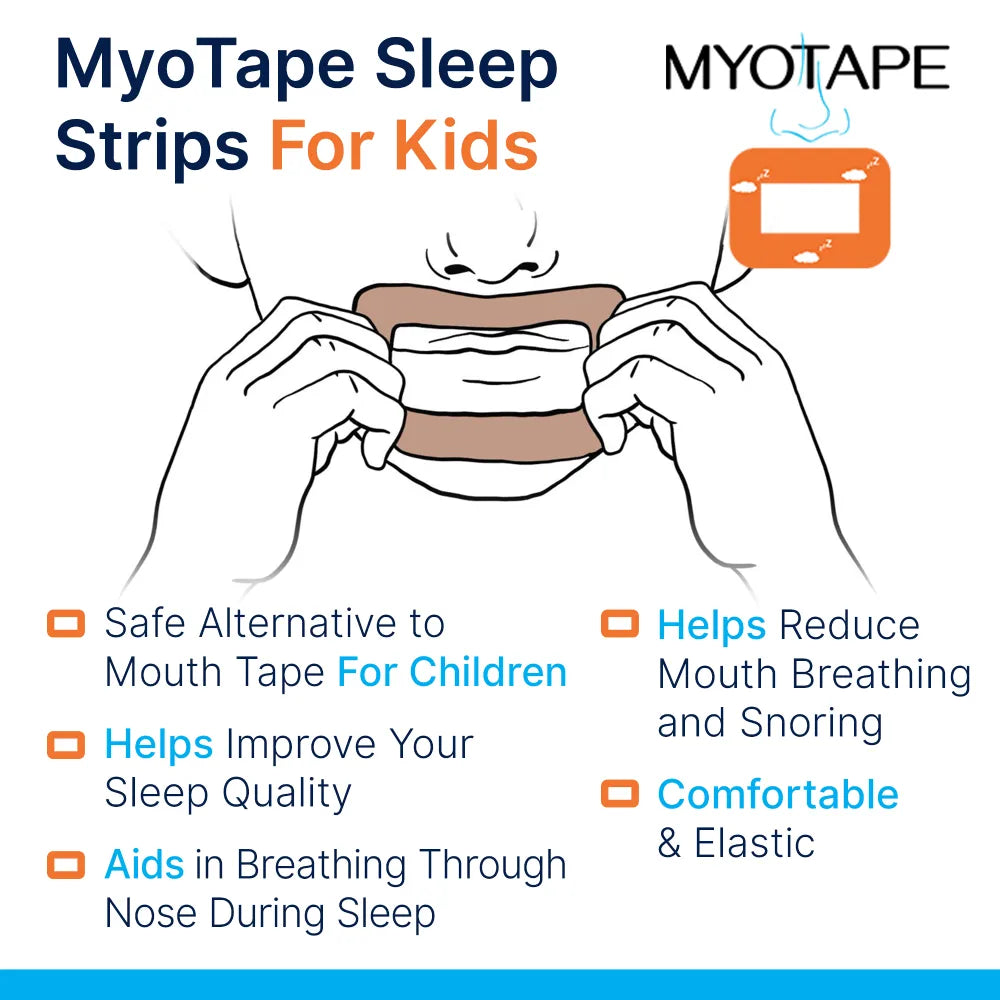
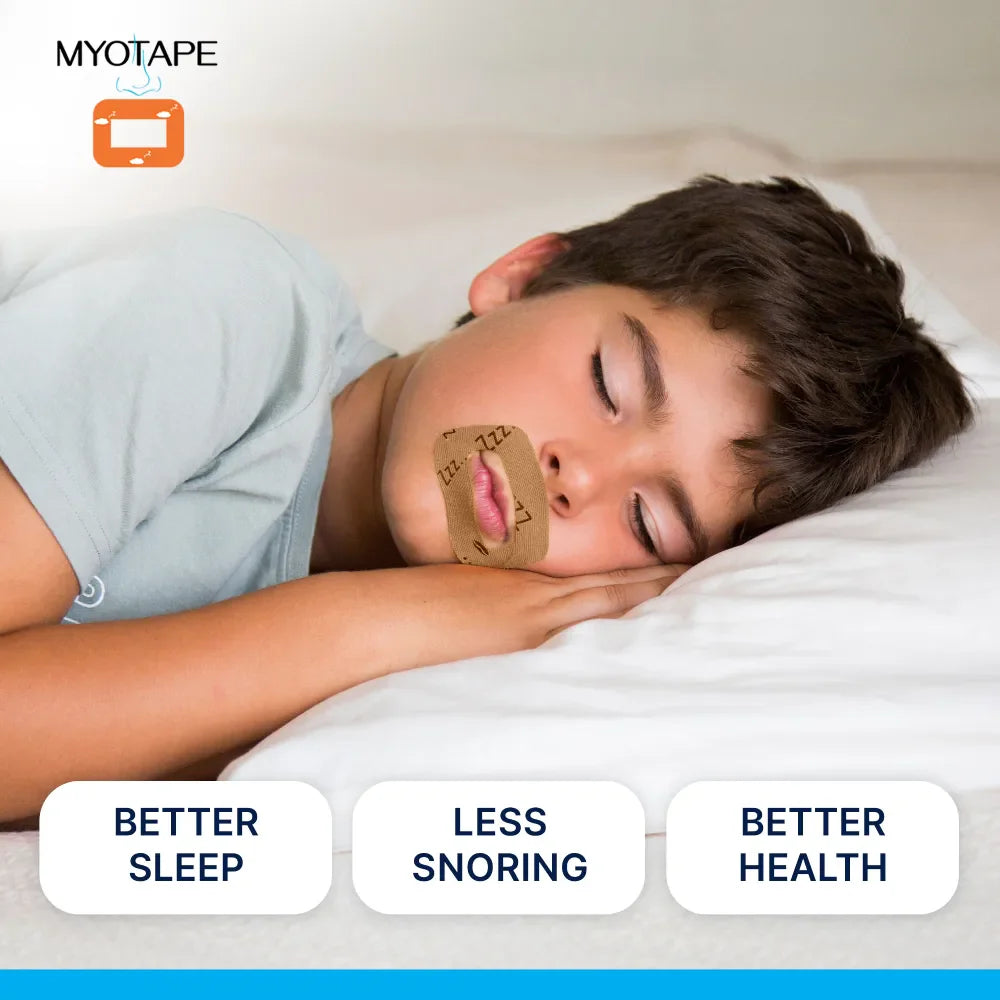
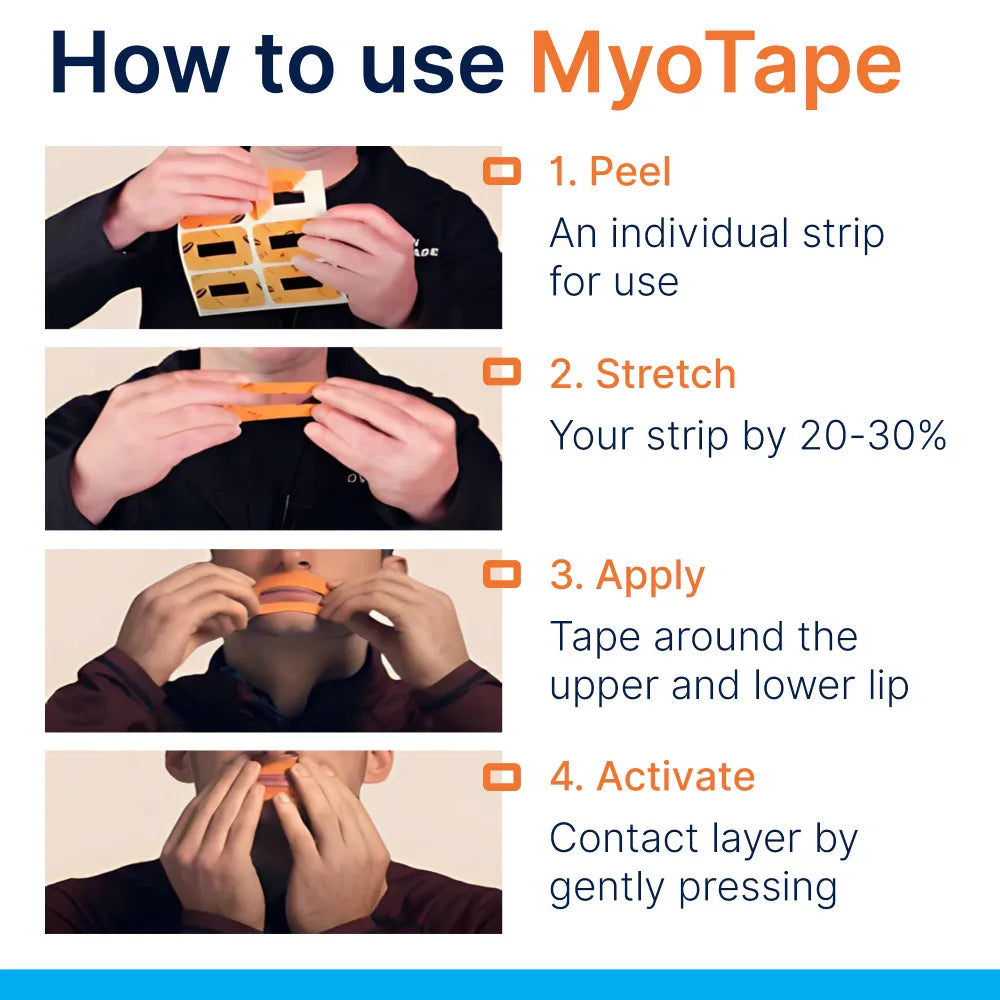
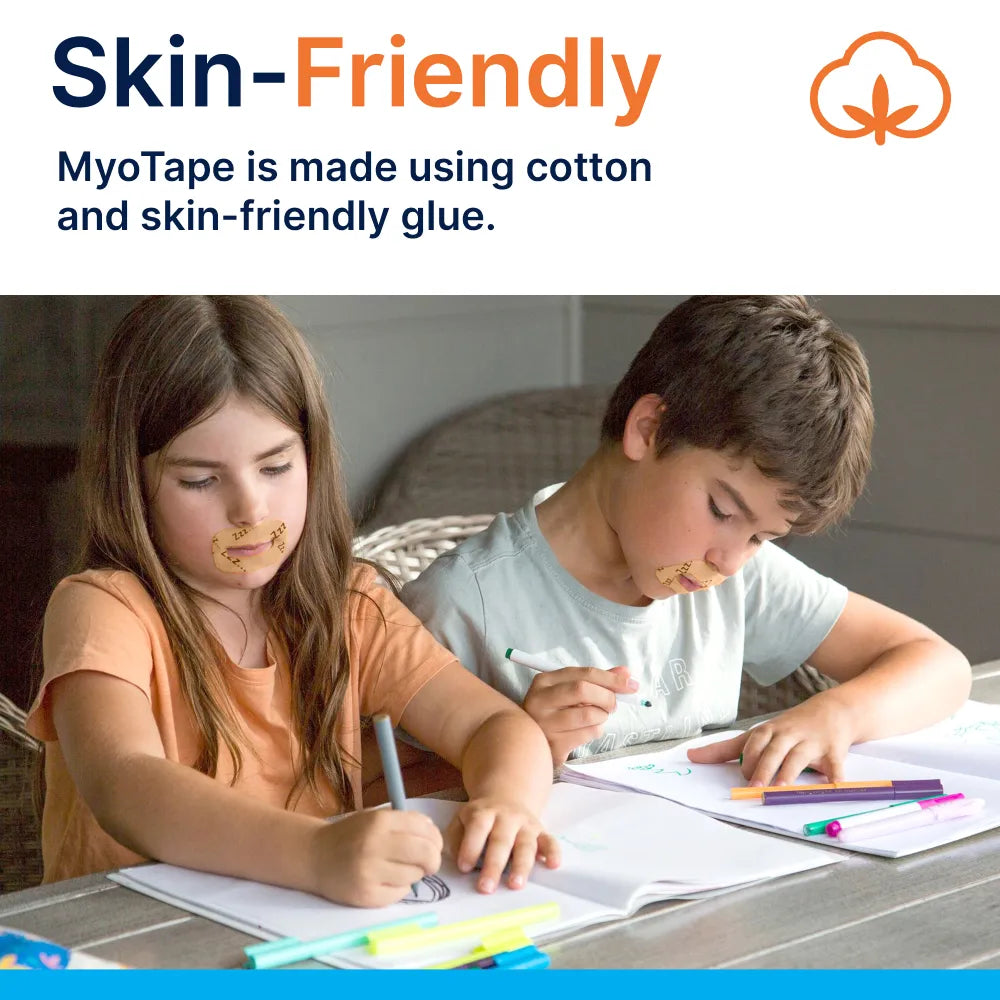
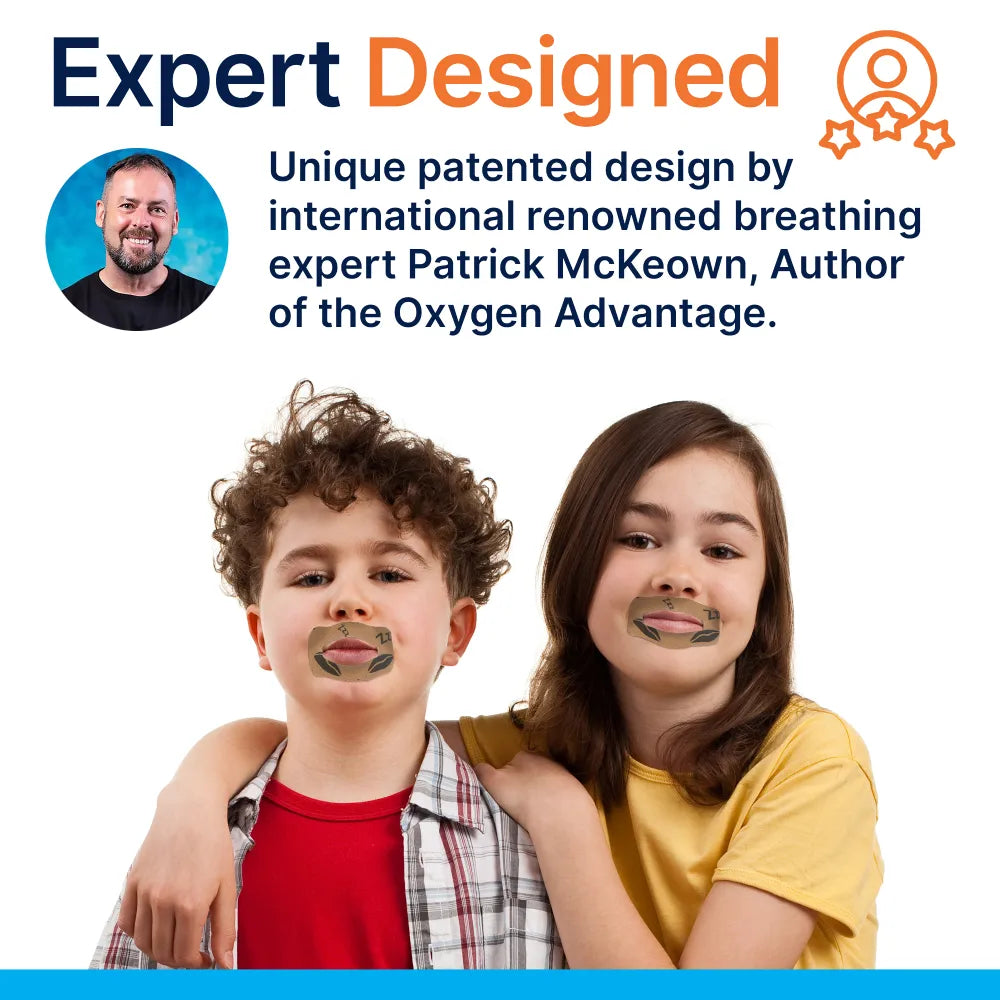









0 Kommentare